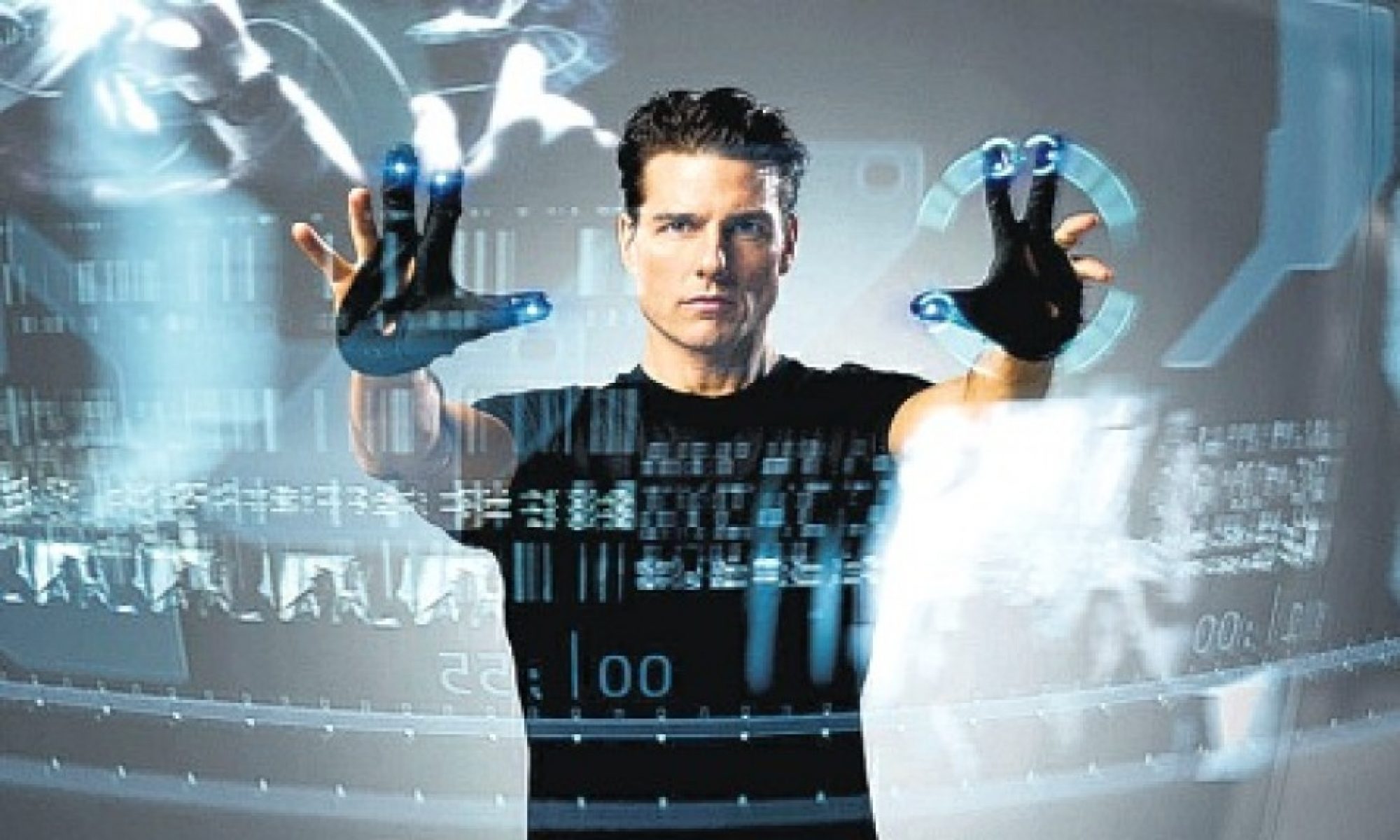Risk Management
The most significant risks that could jeopardize the success of the project are if it turns out that the ML model we use is too slow or inaccurate to create a usable product. In case this happens, our backup plan is to replace the ML model with a heuristic algorithm that analyzes the time-series data as they come in. This would allow us to make certain gesture predictions using a basic decision tree that can easily run on the compute module quickly.
Changes/Updates
The block diagram was updated to include more detail about what specific sensors and communication protocols we will be using. This is still in line with our original proposed plan, just with more detail.

Gestures
While brainstorming what gestures we would support, we thought about how we might enable or disable activation of the gesture recognition/transmission. We originally proposed having another switch alongside the power switch to control transmission, however with further discussions with the professor and TA, we realized that it would be too unwieldy for a user to do that. Instead, we opted to come up with a custom gesture that could be used to enable or disable the transmission.
Further details on the gestures are described here: Gestures
Principles Used
- Maintainability – we drafted our design docs to be easy to read so that if something breaks down the line, we can quickly refer to it to identify the reasoning behind certain design decisions
- Modularity – Our device was designed with modularity in mind so that if a single part breaks, it will be easy to quickly swap it out with a working component
- Testability – our system was designed so that it would be easy to test individual units as well as the system as a whole
- Integration – we designed our system to integrate with existing infrastructure in the environment of our intended users. Examples of this are leveraging Wi-Fi and USB as communication protocols between our systems and with peripherals
- Usability – usability is at the core of the design choices we made. This was evident in how we opted to go for a gesture to enable or disable transmission as opposed to a physical switch

